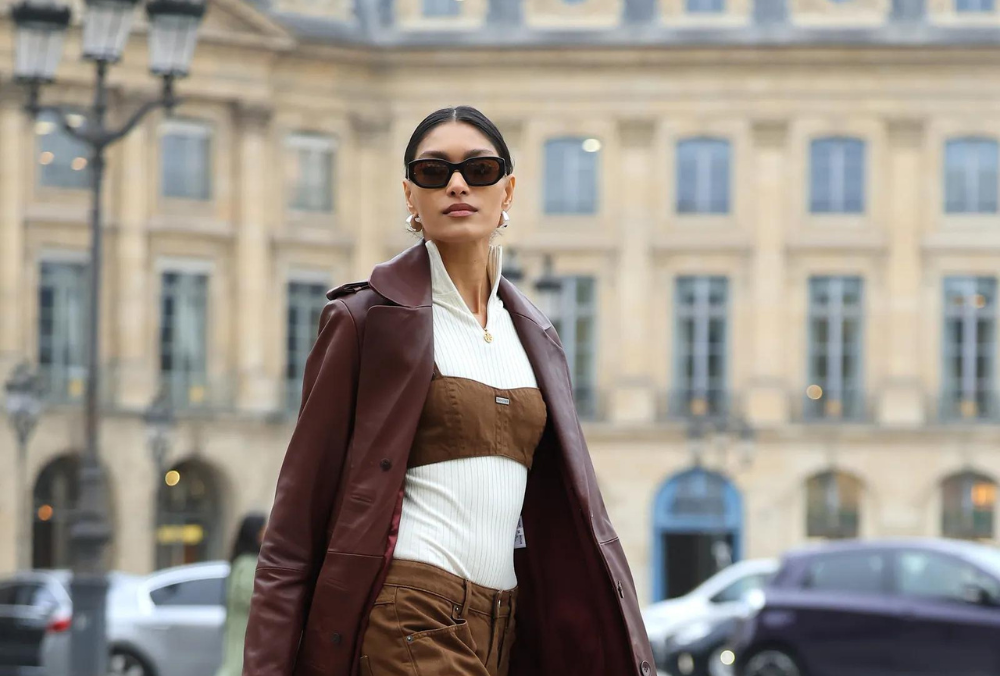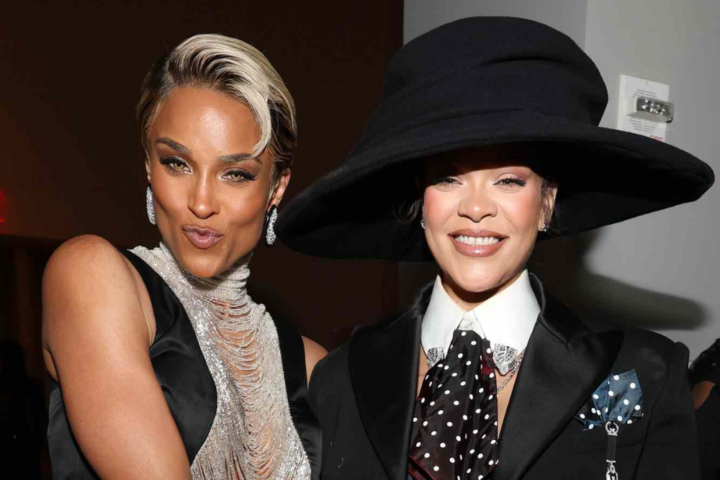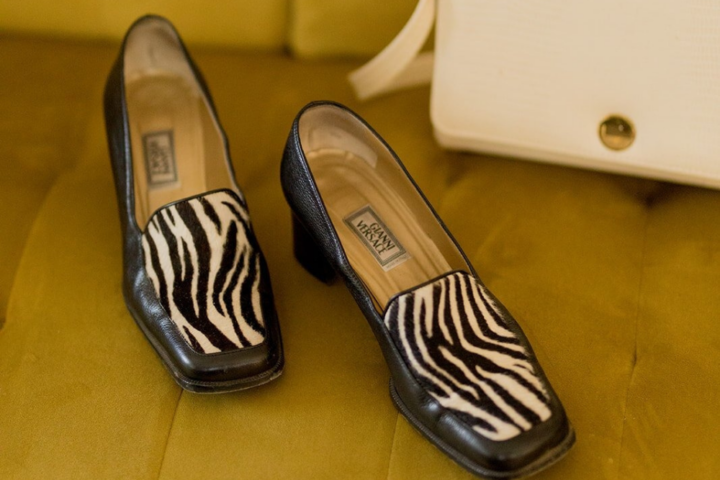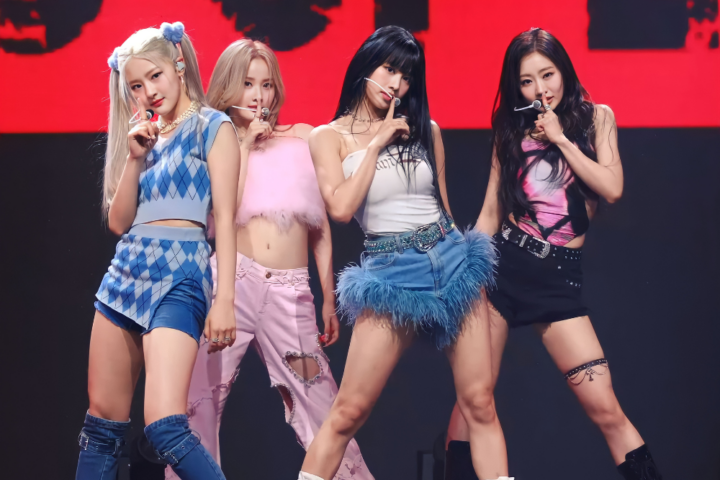The fashion industry is experiencing a profound shift as street style increasingly influences high fashion runways. This transformation reflects a broader cultural movement where everyday fashion, once considered casual or informal, is now redefining luxury and trend-setting. The integration of street style into mainstream fashion illustrates a democratization of style and a shift towards inclusivity and relatability.
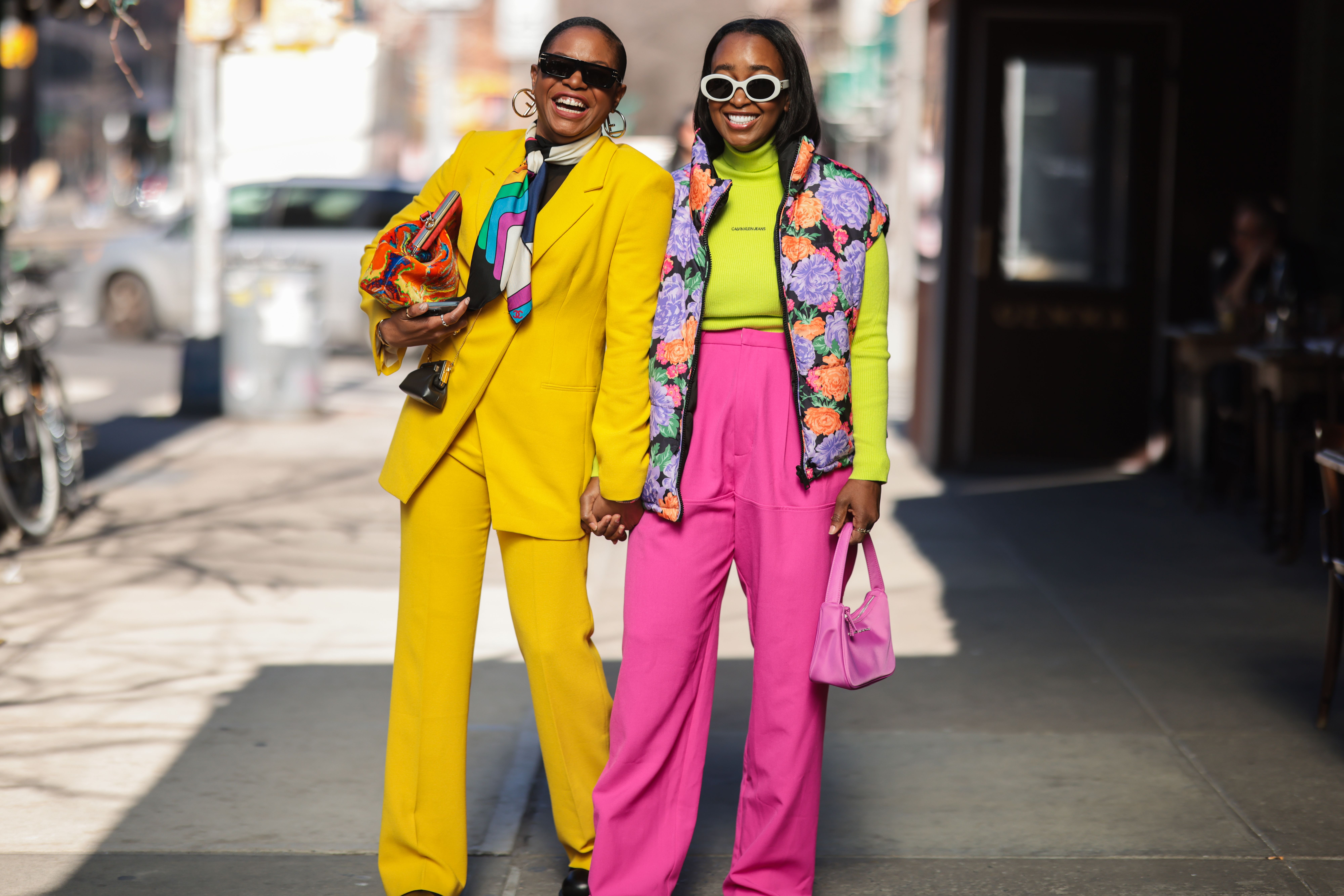
Street style, characterized by its eclectic and personal approach, emerged from urban environments and youth culture. It’s marked by a mix of casual wear, bold colors, and unique accessories. Originally a domain of fashion enthusiasts and influencers who showcased their individual flair on social media platforms, street style has captured the attention of designers and fashion houses around the world.
One significant factor driving this change is the increasing influence of social media. Platforms like Instagram, TikTok, and Pinterest allow everyday fashion enthusiasts to share their looks and styles with a global audience. This exposure has led to a rise in the visibility of street style trends, which in turn has encouraged high-fashion designers to incorporate these elements into their collections.
Fashion weeks and runway shows have taken note of this shift. Traditionally dominated by couture and high-fashion designs, these events are now showcasing collections that blend elements of street style with luxury fashion. Designers are incorporating relaxed silhouettes, graphic tees, oversized jackets, and sneakers into their runway presentations. This fusion of styles reflects a new era where formal and casual wear coexist and complement each other.
The collaboration between high fashion brands and streetwear designers is a prime example of this revolution. Major fashion houses are teaming up with streetwear labels to create limited-edition collections that merge high-end aesthetics with street-savvy designs. These collaborations bring together diverse influences, creating collections that are both innovative and accessible.
The rise of street style on the runway also represents a shift in consumer preferences. Today’s fashion consumers are looking for comfort and practicality in addition to style. Street style’s emphasis on casual wear and versatile pieces aligns with this desire, offering a more relatable and wearable approach to high fashion. This trend towards comfort and functionality has led to the adoption of more relaxed and casual elements in luxury fashion.
Additionally, the incorporation of street style into high fashion is also driven by a desire for inclusivity. Street fashion often celebrates diversity and individual expression, breaking away from traditional fashion norms and offering a wider range of styles and influences. By embracing street style, high fashion is becoming more inclusive, reflecting a broader spectrum of tastes and backgrounds.
This integration of street style into runway collections is not just a passing trend but a significant shift in the fashion industry. It represents a blending of different fashion worlds, where the lines between high fashion and everyday wear are increasingly blurred. This shift is also indicative of a broader cultural movement towards authenticity and personal expression, allowing individuals to showcase their unique style while enjoying the prestige of high fashion.
The impact of street style on fashion is also evident in the way designers approach their collections. There is a growing emphasis on individuality and personal flair, moving away from uniformity and exclusivity. This approach is influencing how designers create their pieces and how they present them on the runway, leading to more diverse and eclectic fashion shows.
As street style continues to influence high fashion, it is reshaping the industry in meaningful ways. The integration of everyday fashion elements into runway collections reflects a broader trend towards inclusivity, comfort, and individuality. This evolution highlights how fashion is continually adapting to reflect changing cultural values and consumer preferences, ultimately making high fashion more accessible and relatable to a global audience.

